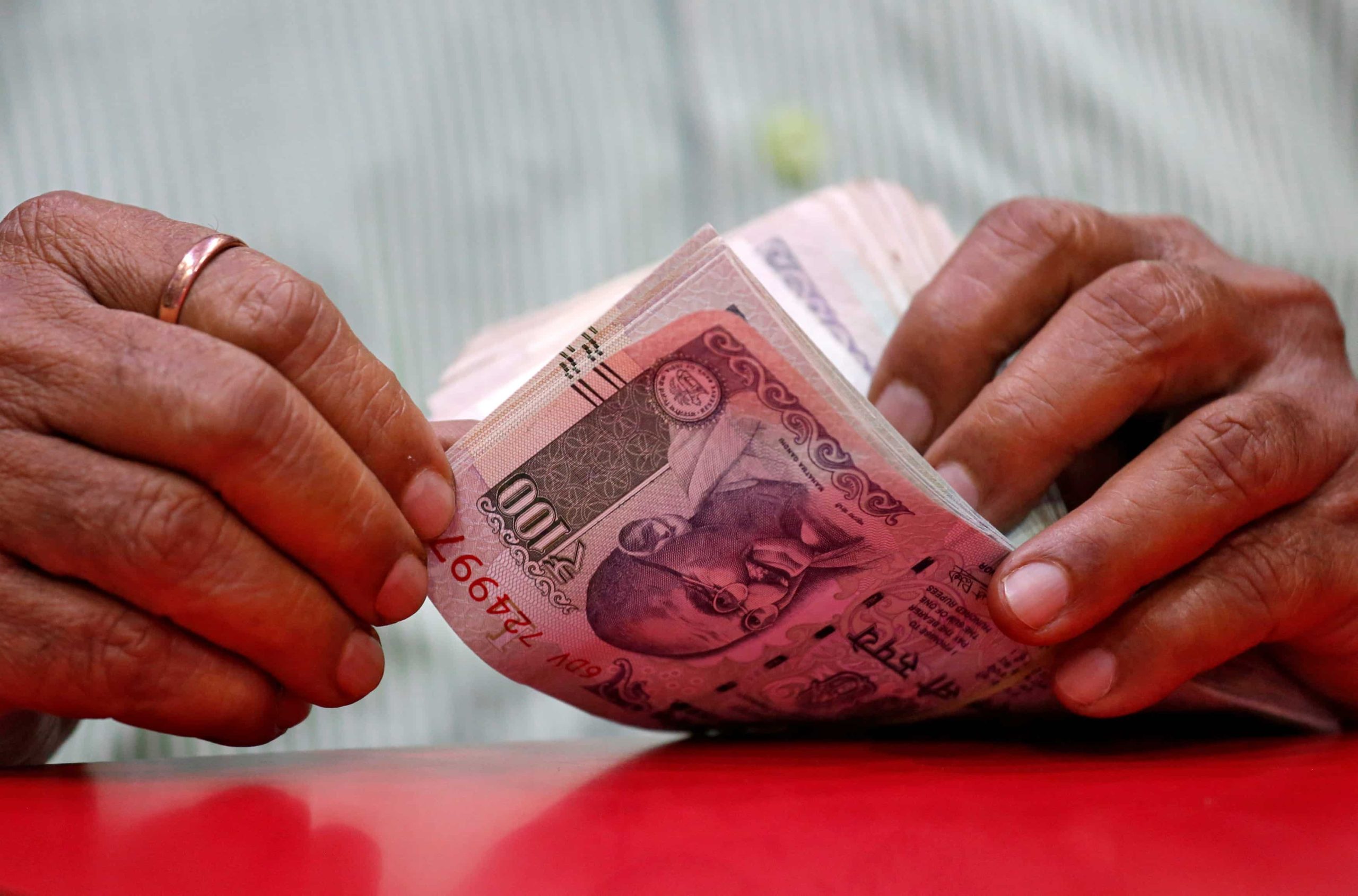This information is helpful to you if you invest through a PPF account (PPF), Sukanya Samriddhi Yojana (SSY), or the National Pension System (NPS). In reality, tiny savings plans require you to fund your account with a minimum amount each fiscal year. You have to keep the minimum balance to keep the account operational. The account could be frozen if the owner doesn’t deposit the required amount each year. In addition, there may be penalties assessed to the account holder.

March 31, 2024, is the deadline
for depositing the minimum amount into your Sukanya Samriddhi, NPS, and PPF accounts for the current fiscal year. The administration has made the new tax structure more alluring in the 2023 budget. Under the new tax regime from April 1, 2023, the income tax slab was changed and the basic exemption limit was increased from Rs 2.5 lakh to Rs 3 lakh in a financial year. Apart from this, standard deduction is also available in the new tax regime. Under this, you do not have to pay any tax on income up to Rs 7 lakh.

If the required minimum deposit is not made, there could be a fine.
In this case, it’s plausible that you chose to pay your taxes under the new tax regime for the current fiscal year 2023–2024. In this case, you will receive savings like PPF, Sukanya Samriddhi Yojana (SSY), and NPS annually if you invested in small savings plans and paid taxes under the previous tax system through the end of the financial year. will need to contribute to the plan. You will not receive the benefit of tax exemption on investments made in certain savings programs, even if you choose the new tax system. Failing to deposit the required minimum in each of these accounts may also result in a fine.

How much cash must be deposited into PPF?
Every financial year, a minimum of Rs. 500 must be deposited into the PPF account, as per the 2019 PPF Rules. The PPF account will become inactive if the required minimum is not deposited. When an account is dormant, there are no loan or withdrawal options accessible. An inactive account can be reactivated before its maturity. In the event of an account default, a fee of Rs 50 is imposed annually. In addition to the default fee, the depositor must make an annual minimum deposit of Rs 500. An annual minimum deposit of Rs 500 must be made into this account each year.

Another tax-saving investment option for people
looking to save for a girl child is the Sukanya Samriddhi Yojana. The SSY system stipulates that account holders must deposit a minimum of Rs 250 each financial year. A Sukanya account is regarded as a default account if a minimum of Rs 250 is not deposited in the account within a financial year. Any default account may be revived at any point before maturity under the scheme’s rules. For each year of default, there is a Rs 50 fee to reinstate the account.
 NPS
NPS
Certain taxpayers utilize Section 80CCD(1B) of the Income Tax Act to invest an extra Rs 50,000 and register an NPS account to save taxes. An investment of Rs 50,000 is permitted under Section 80C, up to a maximum of Rs 1.5 lakh. Every individual is required under NPS regulations to make a minimum deposit of Rs 1,000 each fiscal year. However, if your account is dormant, you can fund it with a Rs. 500 deposit to make it active. However, it’s crucial to remember that you must deposit a minimum of Rs 1000 during a fiscal year.
Read More: Recruitment for Junior Executive positions is being accepted by Airport Authority of India
| |
 Facebook Page Facebook Page | Click Here |
 Twitter Twitter | Click Here |
 Instagram Instagram | Click Here |



